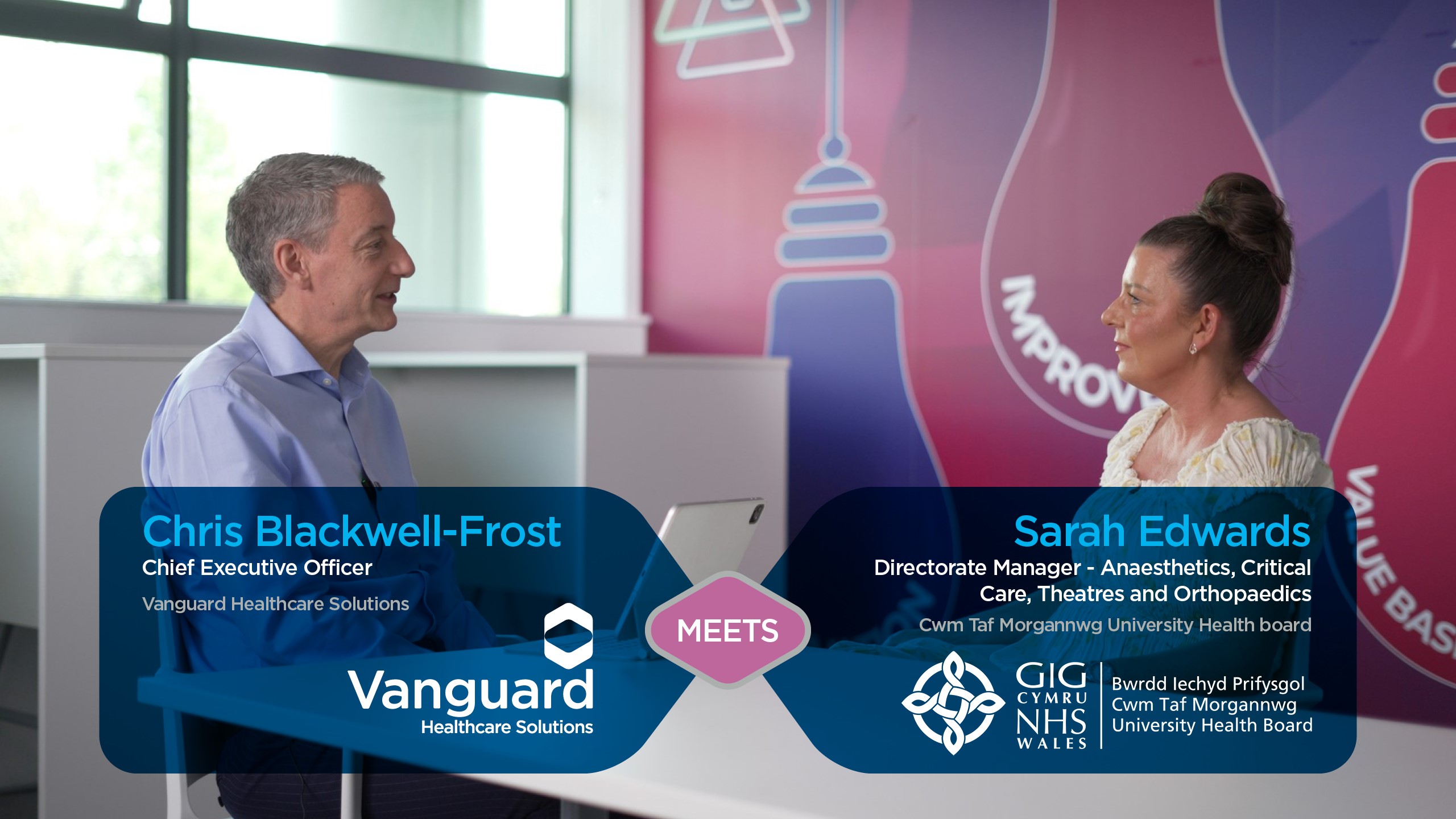Čini se da ste u Sjedinjenim Državama
Imamo drugu stranicu (www.q-bital.com) koja bolje odgovara vašoj lokaciji
Novo izvješće, koje je prije nešto više od tjedan dana objavio NHS England, istaknulo je potrebu za reformom dijagnostičkih aktivnosti i uvođenjem novog modela usluga kako bi se osigurali sigurni putovi usmjereni na pacijenta i poboljšala produktivnost.
The glavni izvještaj bio je rezultat pregleda dijagnostičkih usluga, koji je naručio izvršni direktor NHS-a Sir Simon Stevens kao dioDugoročni plan NHS-a. Predlaže načine za radikalnu reviziju načina na koji se pružaju MRI, CT i druge dijagnostičke usluge, uključujući endoskopiju, u kontekstu rastuće potražnje i potrebe da se olakša oporavak od pandemije Covid-19.
Novo izvješće zagovara odvajanje akutne i elektivne dijagnostike gdje god je to moguće, kako bi se poboljšala učinkovitost i smanjilo vrijeme čekanja. Dijagnostičke provjere u hitnoj i hitnoj pomoći trebale bi biti odvojene od testova prije rutinskih postupaka, a prema prijedlogu, samostalna dijagnostička središta 'bez Covida' bila bi postavljena u zajednici, daleko od akutnih bolničkih mjesta. Također se predlažu poboljšanja bolničke dijagnostike, kao što je pristup endoskopiji istog dana, kako bi se oslobodili kreveti.
Pristup bi donio brojne prednosti; pacijenti bi se mogli testirati bliže kući, broj pacijenata koji idu u bolnicu mogao bi se smanjiti, pacijenti bi se mogli uvjeriti u sigurnost pohađanja postupaka; a vrijeme čekanja na dijagnostiku koja nije hitna mogla bi se smanjiti. To bi također učinilo NHS otpornijim i osiguralo kontinuitet elektivne skrbi u slučaju duljeg razdoblja Covida-19 ili druge pandemije.
Ali da bi se to postiglo, bit će potrebna značajna ulaganja u nove objekte i opremu, zajedno sa značajnim povećanjem dijagnostičke radne snage. Stoga će za provedbu plana vjerojatno trebati vremena.
Već prije pandemije postojala je potreba za radikalnim poboljšanjem dijagnostičkih usluga, a potražnja je naglo porasla osobito u posljednjih pet godina. To je dovelo do znatnog porasta kršenja šestotjednog dijagnostičkog standarda u posljednje dvije godine, kao i značajnog porasta eksternalizacije i snimanja i endoskopije.
Profesor Sir Mike Richards CBE, koji je vodio pregled, rekao je da, iako je potreba za radikalnom promjenom već postojala, ona je dodatno pojačana pandemijom. Rizik od zaraze Covid-19 za i od pacijenata koji dolaze na dijagnostičke testove usporio je protok pacijenata, posebno za CT skeniranje i endoskopiju, a to je - u kombinaciji s otkazivanjem tijekom razdoblja karantene - dovelo do značajnog zaostatka.
Uz povećani kapacitet i odvajanje izborne i hitne dijagnostike, potrebni su i novi modeli pružanja usluga kako bi se osigurali sigurni putovi do dijagnoze, uključujući proširenje upotrebe virtualnih konzultacija i dijagnostike u zajednici kako bi se posjete akutnim bolnicama svele na minimum.
Iako postoji evidentna potreba za dodatnim dijagnostičkim kapacitetom i novim načinima rada kako bi se mogli oporaviti od dramatičnog pada aktivnosti zabilježenog tijekom pandemije, jasno odvajanje putova već je moguće postići korištenjem fleksibilne zdravstvene infrastrukture.
Upotreba mobilnih ili modularnih endoskopskih objekata ili slikovnih jedinica, idealni su za pokretanje razvoja predloženih dijagnostičkih središta zajednice, pomažući u osiguravanju zaštite izbornih dijagnostičkih kapaciteta i smanjenju lista čekanja. Mnoge bolnice već koriste fleksibilna klinička infrastruktura za stvaranje samostalnih okruženja bez Covid-19.
Javite se kako biste saznali više ili pročitali izvješće Sir Mikea Richardsa CBE.



Vanguard Zdravstvena rješenja
Jedinica 1144 Regent Court, The Square, Gloucester Business Park, Gloucester, GL3 4AD

Imamo drugu stranicu (www.q-bital.com) koja bolje odgovara vašoj lokaciji